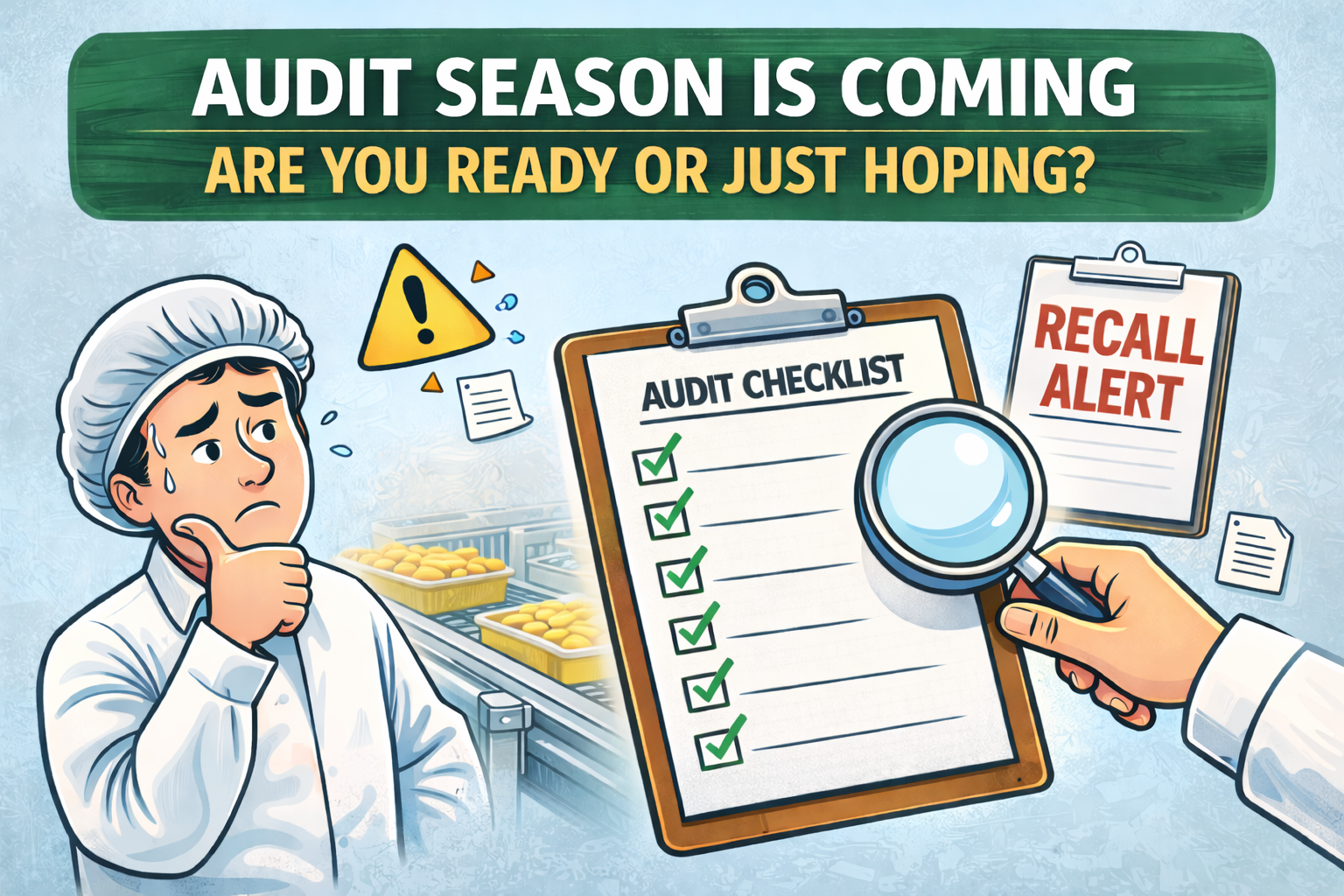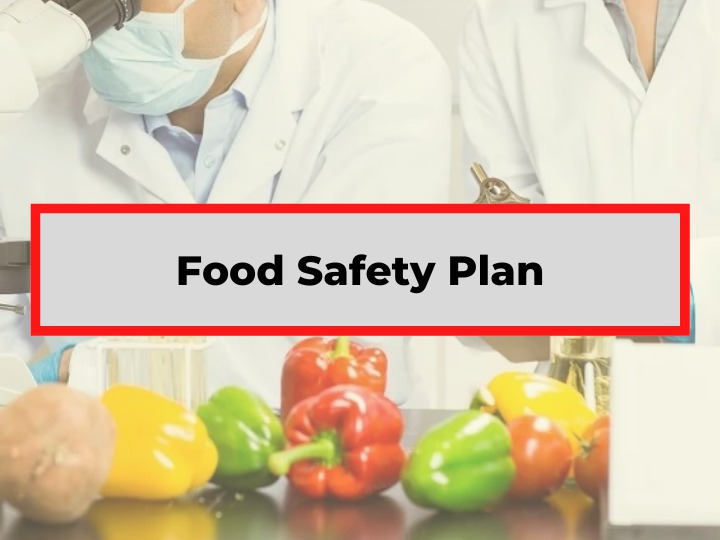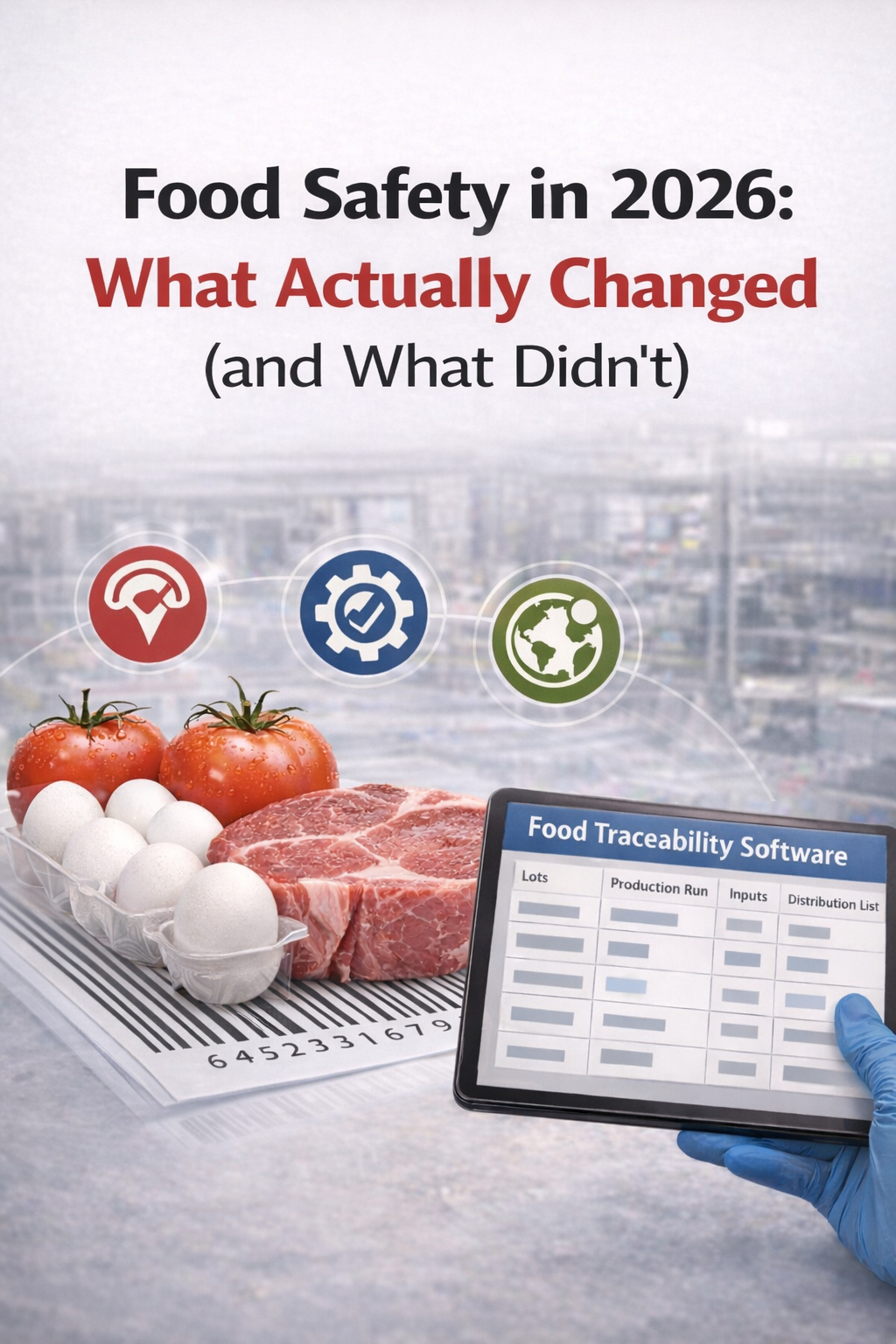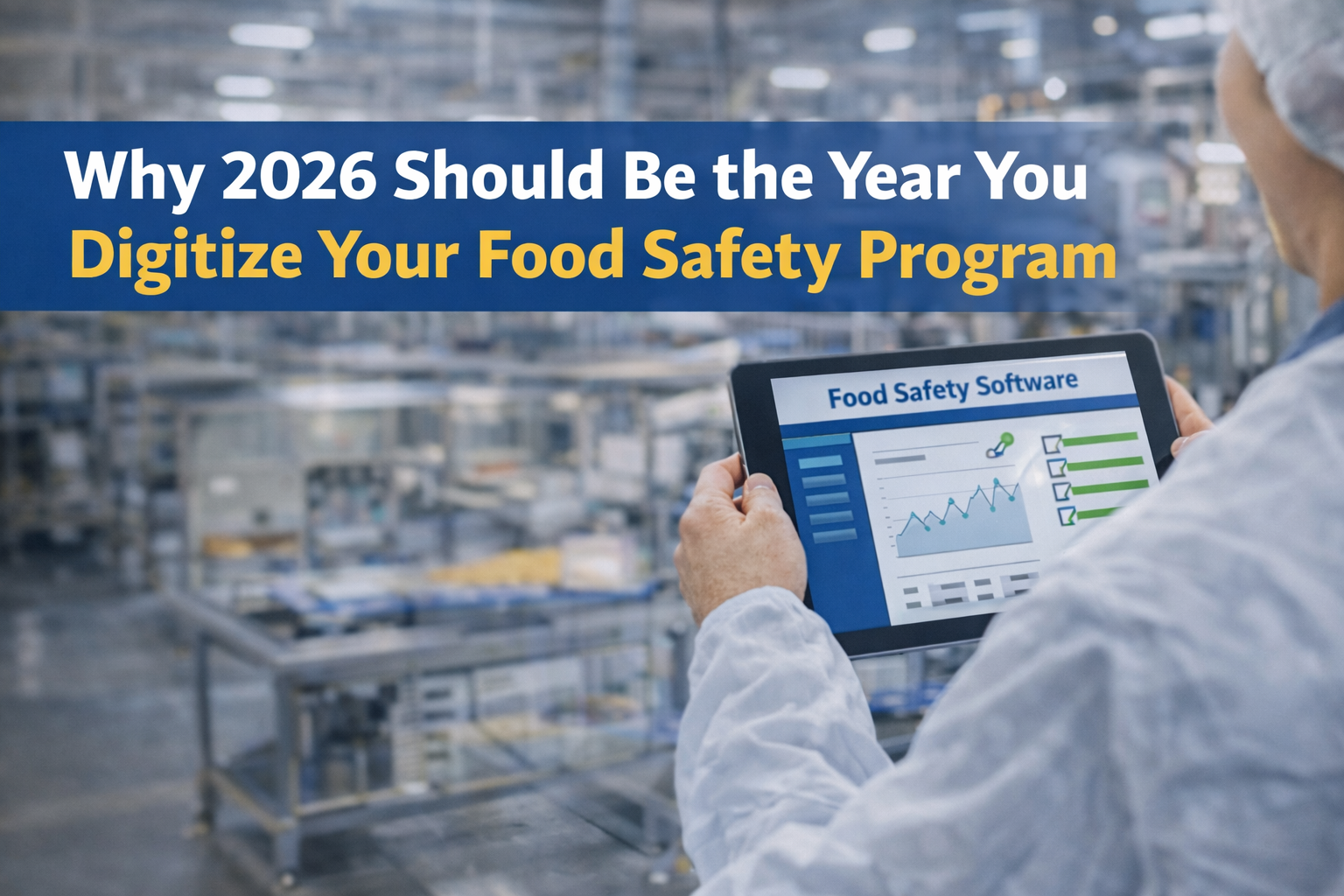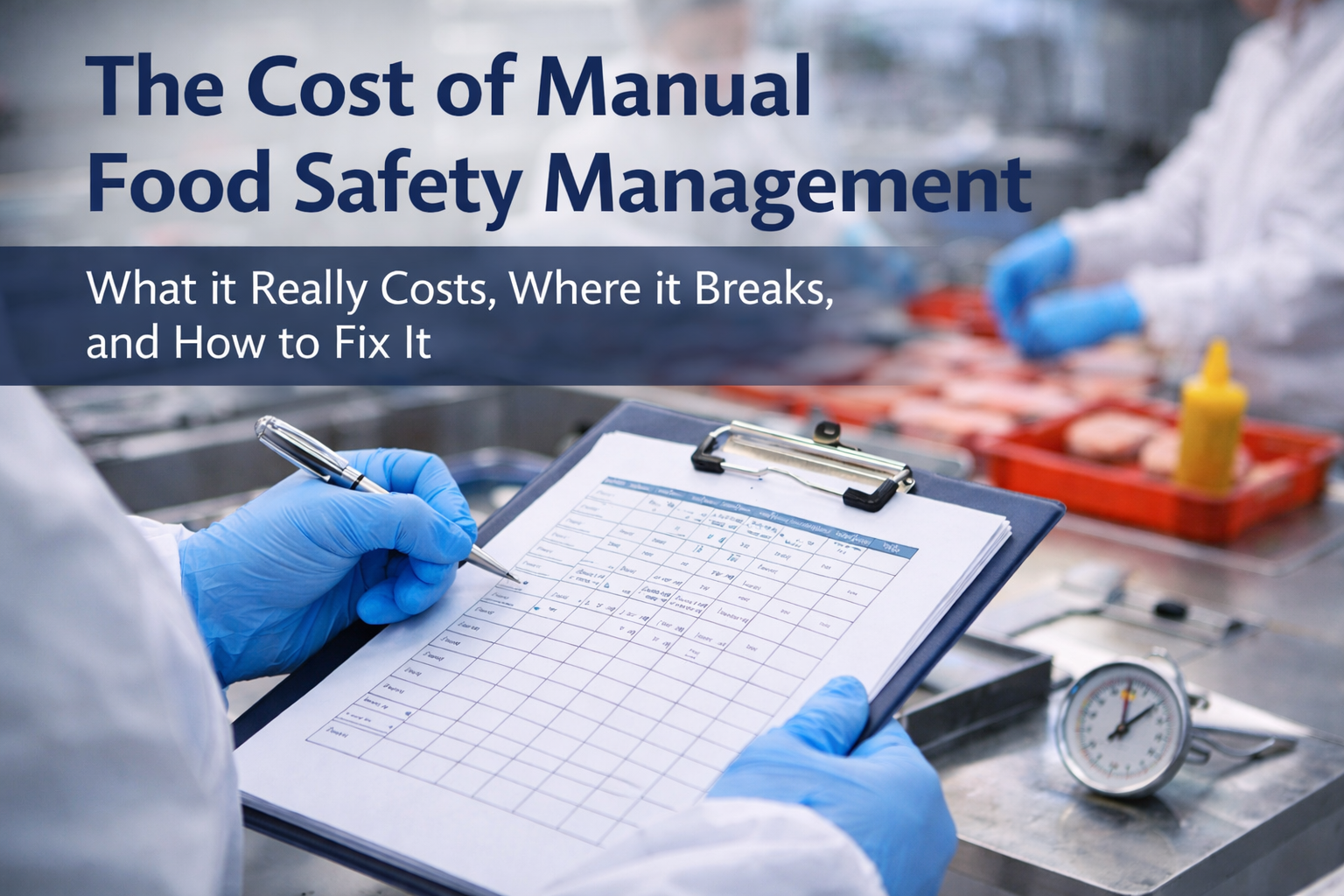In the bustling world of e-commerce, where convenience is king and speed is paramount, there's one aspect that demands our unwavering attention - food safety. With the steady rise in online grocery shopping and meal delivery services, ensuring the safe handling and transportation of food products has become more critical than ever.
The Unique Challenges of Food Safety in E-commerce
Unlike traditional brick-and-mortar grocery stores where consumers have direct control over selecting and transporting their food, e-commerce presents several unique challenges. One key issue revolves around the 'last-mile delivery'—the final step of the delivery process when a product moves from the transportation hub to the consumer's doorstep. It's during this phase that food items are most susceptible to temperature-time abuse, improper handling, or package tampering, leading to potential food safety risks.
The Role of Regulatory Bodies
Recognizing these challenges, regulatory bodies like the U.S. Food and Drug Administration (FDA) are stepping up. They recently hosted a three-day virtual summit focusing on e-commerce and food safety, aiming to identify potential vulnerabilities and discuss effective solutions. This initiative underscores the importance of ensuring the safety of foods ordered online and delivered directly to consumers in this digital age.
The Industry's Response
On the industry front, food retailers are making strides to ensure their e-commerce models prioritize food safety. For instance, companies like HelloFresh have robust FSQA (Food Safety and Quality Assurance) teams in place to manage food safety in their e-commerce supply chains.
They understand that maintaining the right temperature is crucial for perishable and frozen foods, and they've implemented advanced technologies to monitor these parameters during storage and transportation. Additionally, they're exploring innovative packaging solutions to keep food fresh and safe until it reaches the consumer's kitchen.
The Consumer's Role
As consumers, we too play a crucial part in this food safety equation. We need to be aware of potential risks associated with online food purchases and take steps to mitigate them. For example, promptly refrigerating perishable items upon delivery can help maintain their safety and quality.
A Shared Responsibility
Ultimately, ensuring food safety in e-commerce is a shared responsibility. It requires a collective effort from regulatory bodies, industry stakeholders, and consumers alike. As we continue to enjoy the convenience of online food shopping, let's also remember to prioritize the safety and quality of the food we consume.
In conclusion, while e-commerce has undoubtedly revolutionized the way we shop for food, it also presents unique challenges in ensuring food safety. But through ongoing vigilance, innovation, and collaboration, we can navigate these challenges and reap the benefits of this digital era, all while keeping food safety at the forefront.



